 |
| Using 'poisonous blows' and attacking Russia with a trade war, is an economic NATO taking shape? (Source: brookings.edu) |
The G7, an informal group of seven wealthy Western nations, is struggling to maintain its relevance and influence in a changing world order.
This strategy reflects the US's efforts to restore its leadership role in the world and confront both China and Russia by mobilizing allies in Europe and Asia. However, this strategy is considered by experts to be flawed and risky, because it ignores the reality of a multipolar world and the benefits of cooperation are often much greater than confrontation.
A turning point for the G7
The G7 began as an economic coordination forum in the 1970s, when the world faced serious economic challenges such as the oil crisis and the collapse of the Bretton Woods system.
By the 1980s, the G7 had expanded its agenda to include foreign policy and security issues, such as terrorism, nuclear proliferation, and human rights.
Russia joined the group in 1998, turning it into the G8, but Moscow's membership was suspended in 2014 after its annexation of Crimea.
The Ukraine crisis is a turning point for the G7 because it exposes the limitations of the more inclusive G20 group, which includes emerging powers such as China, India, Brazil and South Africa. The G20 was formed in 2008 in response to the global financial crisis, but has failed to come up with a unified response to the Russia-Ukraine conflict, as some member states have chosen a neutral path, not joining the opposition path with Russia or supporting sanctions against the country from the US and the West.
As a result, the US and its allies decided to revive the G7 as a platform to align Western interests and values against their rivals. Since then, the G7 has gradually become an economic NATO that seeks to protect Western interests by linking economic security with military security.
The idea was first proposed by former British Foreign Secretary Liz Truss as a Western economic strategy to counter China’s rising economic power. Under the idea, if a rival country attacks the economy of one of its partners, NATO and the G7 would jointly support the affected ally under NATO’s Article 5 military and economic obligations. Supporters of the idea argue that it would deter would-be violators by making them aware of the costs of violating and by speeding up the implementation of economic sanctions and embargoes.
Observers commented that the transformation of the G7 into an economic NATO was clearly demonstrated at the recent Conference in Hiroshima (Japan) - where the Group not only made strategic decisions on economics but also made challenging statements on military and security; mentioned nuclear weapons issues, the New START Treaty, the AUKUS agreement...
For example, the G7 has expressed its unwavering support for Ukraine and is ready to impose tougher sanctions on Moscow. The group also pledged to coordinate efforts to deter third countries from engaging with Russia, launching an 11th package of sanctions – measures against countries that have economic ties with Moscow in the Russia-Ukraine conflict.
New opportunities of a multipolar world
Analysts say the G7 statement reflects a Cold War mentality and its goal of containing rising powers like China and Russia. However, this strategy is flawed and risky because it ignores the reality of a multipolar world and the enormous benefits of cooperation over confrontation.
First, the G7 strategy is based on the assumption that it can maintain economic and military dominance over the rest of the world. However, this assumption is questioned because the G7's share of global GDP has fallen from 65% in 1980 to 40% in 2020.
In addition, the G7 also faces internal challenges such as Brexit, populism, inequality and debt.
The G7 also depends on trade and investment with China and other emerging markets for economic growth, so it cannot afford to isolate itself from the rest of the world or antagonize its major trading partners.
Second, the G7 strategy is based on the assumption that it can rally allies in Europe and Asia to confront China and Russia. However, this premise is questionable because some of its allies themselves have different interests and positions on China and Russia.
For example, Germany and France have opposed the US’s tough approach to China and have sought to pursue dialogue and cooperation with Beijing on issues such as climate change, trade and investment. Similarly, some Asian countries such as South Korea, Indonesia and Thailand have maintained friendly relations with China but have also participated in US-led security initiatives in the region.
Therefore, the G7 cannot assume that it can speak up or lead its allies in a united front against China and Russia.
Third, the G7 strategy is based on the idea that it can achieve its goals by using economic sanctions and embargoes against China and Russia. However, this view is questionable because economic sanctions and blockades have proven in practice to be ineffective or counterproductive in changing the behavior of China and Russia.
For example, US-led sanctions imposed on Russia have pushed Moscow closer to China and strengthened its resilience and autonomy.
Similarly, the US-led trade war against China has failed to force Beijing to make concessions on its trade practices. Instead, the trade war has hurt both economies and intensified their strategic rivalry.
Analysts conclude that the G7's strategy of becoming an economic NATO is a wrong and dangerous strategy that will only aggravate the world situation and undermine its own interests.
Instead of pursuing confrontation and coercion, the G7 should seek cooperation and compromise with China and Russia on common challenges such as climate change, pandemic response, nuclear non-proliferation and regional stability.
The G7 should also respect the diversity and richness of the world and engage with other actors such as the G20, BRICS and regional organizations. The G7 should realize that it is no longer the dominant or sole force in global affairs and that it needs to adapt to the new realities and new opportunities of a multipolar world.
Source





![[Photo] President Luong Cuong attends the 50th Anniversary of Laos National Day](/_next/image?url=https%3A%2F%2Fvphoto.vietnam.vn%2Fthumb%2F1200x675%2Fvietnam%2Fresource%2FIMAGE%2F2025%2F11%2F27%2F1764225638930_ndo_br_1-jpg.webp&w=3840&q=75)
![[Photo] Prime Minister Pham Minh Chinh chairs the 15th meeting of the Central Emulation and Reward Council](/_next/image?url=https%3A%2F%2Fvphoto.vietnam.vn%2Fthumb%2F1200x675%2Fvietnam%2Fresource%2FIMAGE%2F2025%2F11%2F27%2F1764245150205_dsc-1922-jpg.webp&w=3840&q=75)

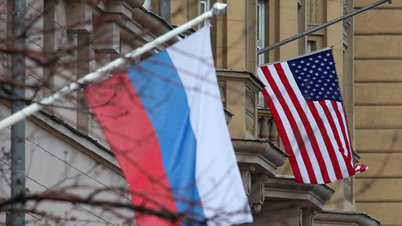



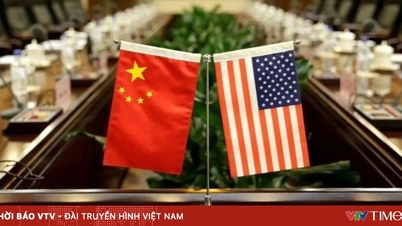

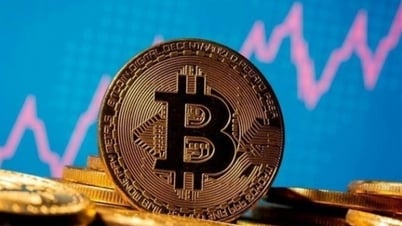

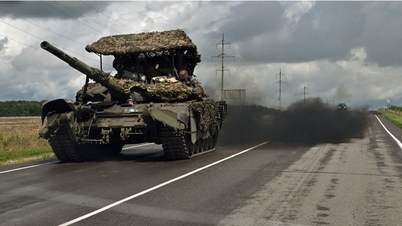


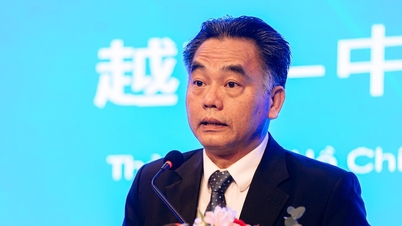


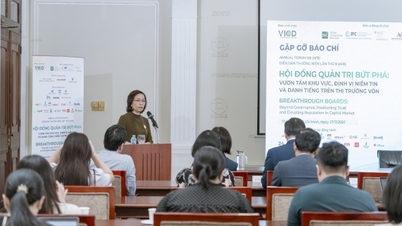


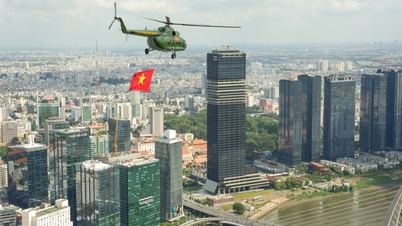










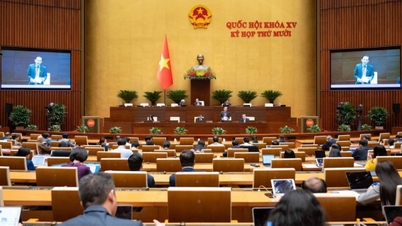
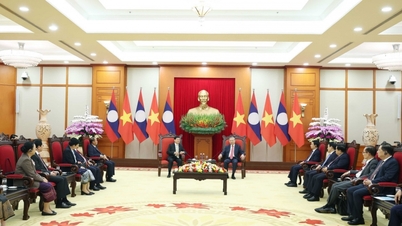
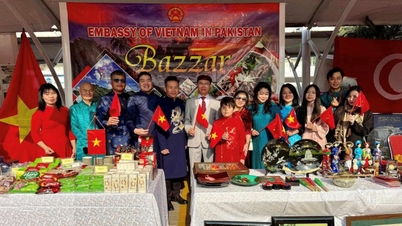


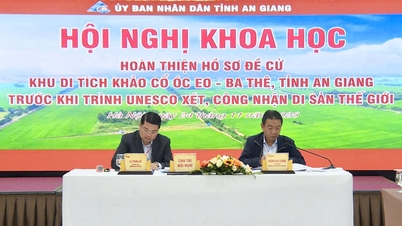
















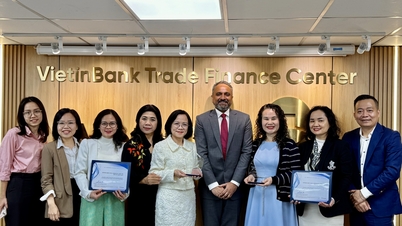













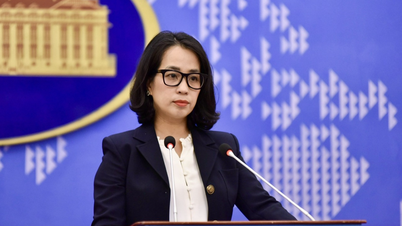



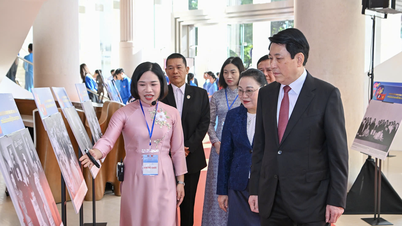
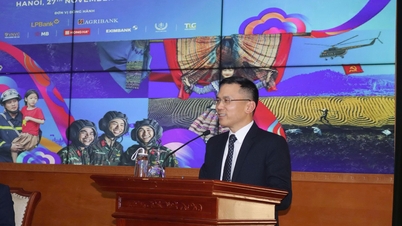
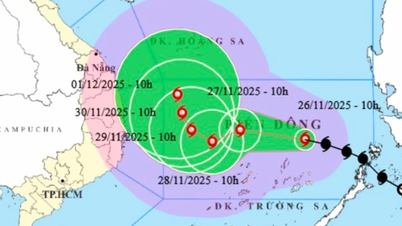
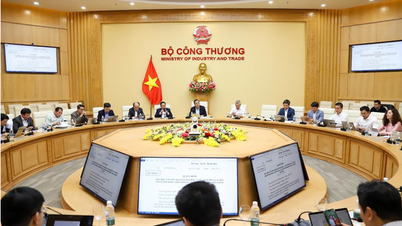

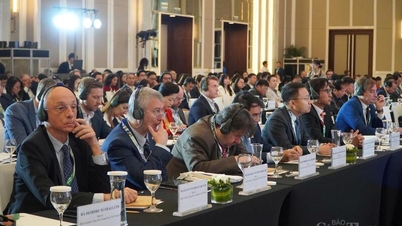
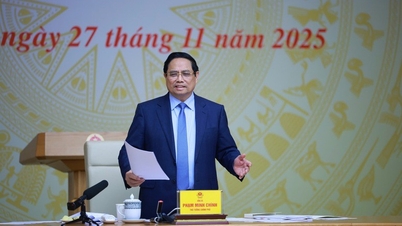











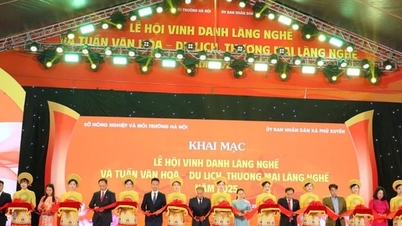











Comment (0)